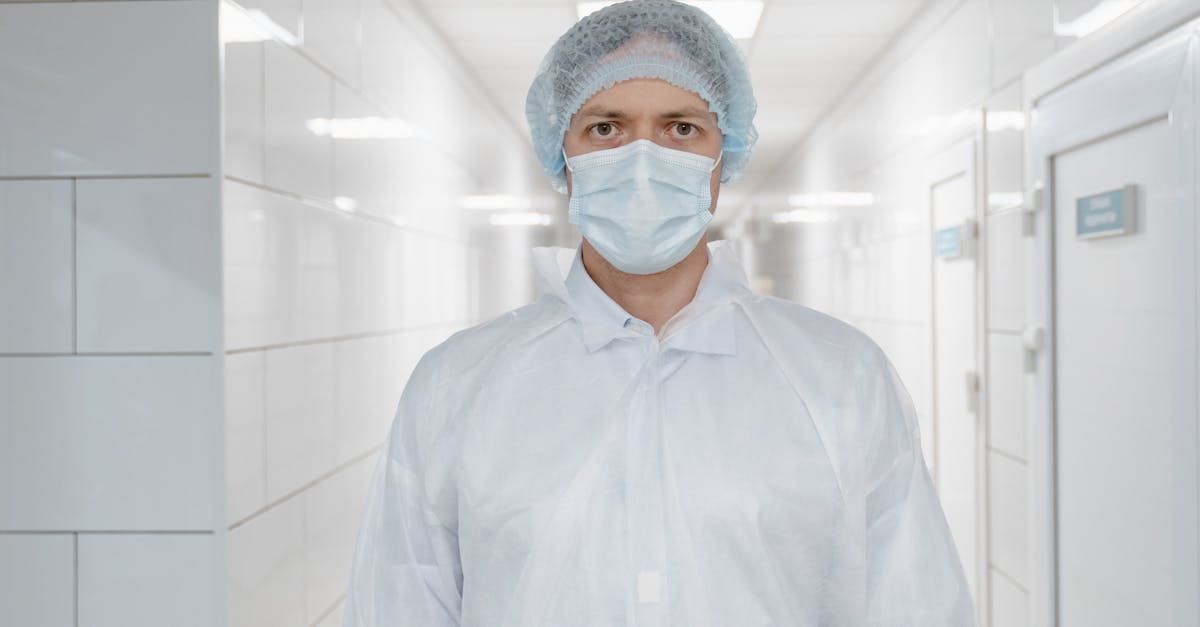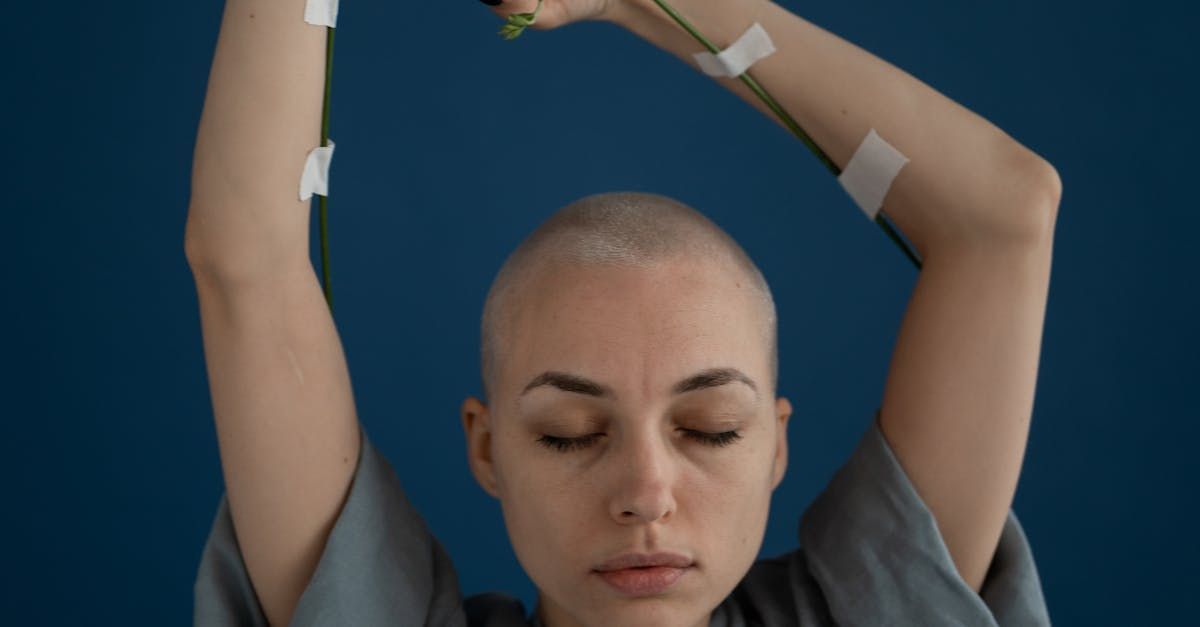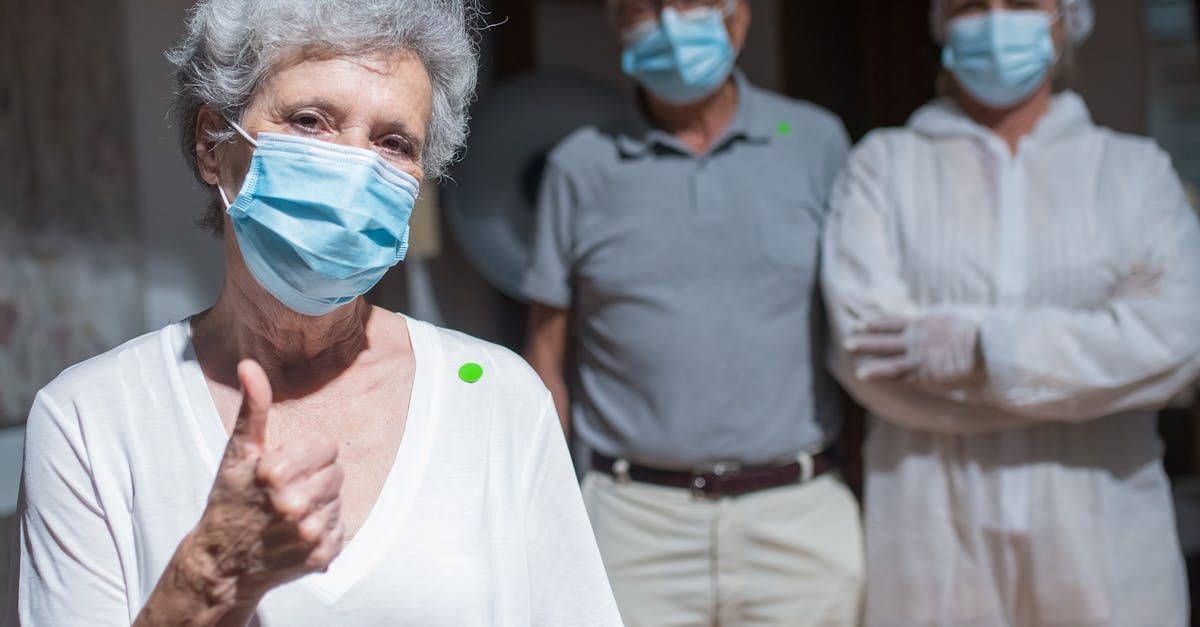The Use of Virtual Reality in Clinical Research
Virtual Reality (VR) technology, once a novel concept largely associated with the gaming industry, has rapidly evolved into a versatile tool with applications across diverse fields, including education, architecture, military training, and healthcare. The technology’s ability to create immersive, interactive environments has opened up new possibilities for exploring and understanding complex phenomena in a controlled, safe manner. Among the most promising areas where VR is making a significant impact is clinical research. This blog explores the multifaceted uses of VR in clinical research, from enhancing patient recruitment and engagement to improving data collection and analysis, providing advanced training, and addressing ethical challenges.
Understanding Virtual Reality in the Context of Clinical Research
Virtual Reality (VR) is a computer-generated simulation that allows users to experience and interact with a three-dimensional environment. This technology comprises several components, including hardware like headsets, gloves, and motion sensors, software that creates the virtual environment, and user interfaces that facilitate interaction. In the context of clinical research, VR can replicate real-world scenarios, medical conditions, or clinical settings, enabling researchers to study various aspects in a highly controlled environment.
Traditionally, clinical research has relied on methods such as in-person interviews, physical examinations, questionnaires, and laboratory tests to gather data. While these methods have been foundational in advancing medical knowledge, they often come with limitations, such as high costs, logistical challenges, and the potential for human error. Integrating VR into clinical research methodologies offers a transformative approach that can enhance precision, reduce costs, and improve the overall quality of data collected.
VR's application in clinical research can range from simulating disease symptoms and progression to testing new medical devices or treatment protocols. For example, VR can create a simulated environment where patients experience specific symptoms, allowing researchers to study their responses and the effectiveness of interventions. This level of control and precision is particularly valuable in early-stage research, where safety and ethical considerations are paramount.
Enhancing Patient Recruitment and Engagement
One of the most significant challenges in clinical research is recruiting a sufficient and representative sample of participants. Recruitment difficulties can lead to delays in the research timeline, increased costs, and sometimes even the abandonment of trials. Traditional recruitment methods, such as advertising through flyers, social media, or referrals, often fail to reach a broad audience or convey the necessary information effectively. Furthermore, potential participants may have concerns or misconceptions about the research process, deterring them from participating.
Virtual Reality offers innovative solutions to overcome these barriers. For instance, VR can provide virtual tours of research facilities, giving potential participants a firsthand look at the environment and procedures involved in the study. This immersive experience can help demystify the research process, alleviate anxieties, and provide a clearer understanding of what participation entails. Moreover, VR can simulate various stages of a clinical trial, from initial screenings to treatment sessions, offering a transparent and engaging way for individuals to learn about the study.
In addition to enhancing transparency, VR can be used to create engaging and informative content that explains the study's purpose, procedures, and potential benefits and risks. This content can be tailored to different demographics, ensuring that it is accessible and understandable to a diverse population. By providing a more interactive and engaging way to communicate this information, VR can increase the likelihood of participation and improve retention rates.
Several case studies demonstrate the efficacy of VR in improving patient recruitment. In one study, VR was used to simulate the experience of undergoing a new surgical procedure. Potential participants could explore a virtual operating room, observe the procedure, and interact with the medical team, all from the comfort of their own homes. This experience not only provided a comprehensive understanding of the trial but also helped build trust between the participants and the research team, resulting in higher recruitment rates.
Another example involves the use of VR to educate patients about a clinical trial for a new pharmaceutical treatment. The VR simulation included a detailed walkthrough of the treatment process, potential side effects, and the expected outcomes. Participants reported feeling more informed and confident about their decision to participate, leading to an increase in enrollment.
Improving Data Collection and Analysis
Accurate data collection is the cornerstone of reliable clinical research. Traditional methods, such as self-reported questionnaires, medical examinations, and laboratory tests, are often limited by factors like recall bias, variability in examiner skills, and the invasive nature of certain procedures. These limitations can affect the quality and accuracy of the data collected, potentially impacting the study's outcomes.
Virtual Reality offers unique advantages in data collection by providing a controlled and immersive environment where precise measurements can be taken. For example, VR can simulate specific medical scenarios or conditions, allowing researchers to observe and measure participants' reactions and behaviors in real-time. Sensors integrated into VR systems can capture a wide range of physiological data, such as heart rate, blood pressure, and eye movements, providing comprehensive insights that are difficult to obtain through traditional methods.
One significant advantage of VR in data collection is its ability to standardize the research environment. In traditional settings, variations in the environment, such as noise levels, lighting, and room temperature, can influence participants' responses and affect the data collected. In contrast, VR provides a consistent and controlled environment, reducing variability and increasing the reliability of the data.
Moreover, VR enables the visualization of complex data sets in intuitive and interactive ways. For example, three-dimensional models and simulations can help researchers explore spatial relationships and patterns within the data, facilitating a deeper understanding of the findings. This capability is particularly valuable in studies involving anatomical or physiological data, where visual representation can enhance analysis and interpretation.
The benefits of using VR for data collection and analysis extend to improving participant compliance. The immersive and engaging nature of VR can make the research process more enjoyable for participants, potentially increasing their willingness to adhere to study protocols and complete all required tasks. This compliance is crucial for the integrity of the data and the validity of the research findings.
Training and Simulation for Clinical Researchers and Practitioners
Training is an essential component of clinical research, ensuring that researchers and healthcare practitioners have the necessary skills and knowledge to conduct studies safely and effectively. Traditional training methods, such as classroom instruction, workshops, and hands-on practice, can be resource-intensive, time-consuming, and sometimes insufficient for preparing individuals for complex or high-risk scenarios.
Virtual Reality offers a powerful tool for training and simulation, providing a safe, controlled, and repeatable environment where trainees can practice and refine their skills. VR can simulate a wide range of clinical scenarios, from routine procedures to rare or high-risk situations, allowing trainees to gain experience and build confidence without the consequences of real-world errors.
One of the key advantages of VR training is its ability to provide realistic, immersive experiences that closely mimic real-world conditions. For example, VR simulations can replicate the sights, sounds, and dynamics of an operating room, complete with virtual patients and medical staff. Trainees can practice surgical procedures, patient interactions, and emergency responses in a realistic but risk-free environment. This hands-on experience is invaluable for developing technical skills, critical thinking, and decision-making abilities.
In addition to technical training, VR can be used to teach soft skills, such as communication, empathy, and ethical decision-making. For instance, VR simulations can place trainees in scenarios where they must communicate with patients or family members, make ethical decisions about patient care, or navigate complex interpersonal dynamics. These simulations provide a safe space for trainees to practice these skills, receive feedback, and learn from their mistakes.
The advantages of VR training over traditional methods are numerous. VR training can be accessed remotely, making it available to individuals who may not be able to attend in-person sessions. This accessibility is particularly beneficial for researchers and practitioners in remote or underserved areas, where access to high-quality training may be limited. Additionally, VR training can be cost-effective in the long run, as it eliminates the need for physical resources and allows for repeated practice without additional costs.
Several successful VR training programs highlight the effectiveness of this approach. For example, medical schools and hospitals have implemented VR simulations to train students and staff on various procedures, from basic patient care to advanced surgical techniques. These programs have been shown to improve skill acquisition, reduce training time, and enhance overall performance. In one case, a VR program was used to train emergency medical responders, providing them with realistic scenarios to practice emergency interventions and decision-making. The immersive nature of the training helped participants build confidence and competence, which are crucial in high-pressure situations.
Ethical Considerations and Challenges
As with any emerging technology, the use of VR in clinical research raises important ethical considerations and challenges. One primary concern is the protection of participant privacy and data security. VR systems often collect detailed and sensitive information, including physiological data, personal identifiers, and potentially even psychological responses. Ensuring that this data is securely stored and used responsibly is critical to protecting participant privacy and maintaining public trust.
Informed consent is another crucial ethical issue. Participants must fully understand the nature of the VR experience, including any potential risks or discomforts. VR simulations can be highly immersive and sometimes elicit strong emotional or psychological responses. Researchers must clearly communicate these possibilities and obtain informed consent from participants, ensuring they are aware of what the study involves and what data will be collected.
The psychological effects of VR are an additional concern. While VR can provide valuable insights and training opportunities, it can also induce symptoms such as nausea, dizziness, or disorientation, commonly known as "cybersickness." Researchers must be vigilant in monitoring for these effects and provide appropriate support to participants. Additionally, the immersive nature of VR can sometimes blur the line between virtual and real experiences, potentially leading to confusion or distress. Careful design and ethical oversight are necessary to minimize these risks.
Accessibility is another challenge in using VR for clinical research. While VR technology has become more affordable and widespread, not all potential participants have access to the necessary equipment or possess the physical or cognitive abilities to use it. Researchers must consider these factors when designing studies and strive to make VR-based research as inclusive as possible.
Addressing these ethical concerns requires a comprehensive and proactive approach. Researchers should implement robust data security protocols, obtain clear and thorough informed consent, and provide adequate support for participants, including debriefing and psychological support if needed. Ongoing research and dialogue are also essential to developing best practices for the ethical use of VR in clinical research and addressing any emerging issues.
Future Prospects and Innovations
The future of VR in clinical research holds tremendous potential, with numerous emerging trends and innovations poised to expand its applications. One exciting development is the use of VR for remote clinical trials. Remote trials can increase access to research opportunities for individuals in rural or underserved areas, reduce costs, and allow for more diverse and representative participant populations. VR can facilitate these trials by providing a virtual environment where participants can engage in the trial process from their homes, including virtual consultations, monitoring, and data collection.
Another promising area is the integration of VR with other advanced technologies, such as artificial intelligence (AI) and machine learning. AI can enhance VR experiences by personalizing simulations to individual participants, predicting responses, and analyzing complex data sets. For example, AI algorithms can adjust the difficulty level of a VR training scenario based on the trainee's performance, providing a tailored learning experience. Similarly, AI can analyze data collected during VR simulations to identify patterns and insights that might not be apparent through traditional analysis methods.
The potential of VR in personalized medicine is another exciting prospect. VR can simulate different treatment scenarios, allowing researchers and clinicians to explore the most effective treatment options for individual patients based on their unique characteristics and conditions. This capability could lead to more tailored and effective treatments, improving patient outcomes and advancing the field of precision medicine.
Furthermore, VR's role in patient education and empowerment is likely to grow. By providing immersive and interactive experiences, VR can help patients better understand their conditions, treatment options, and the potential outcomes. This understanding can empower patients to make more informed decisions about their care and actively participate in their treatment plans.
The integration of VR into clinical research is still in its early stages, and there is much to learn about its full potential and limitations. However, as technology continues to advance, it is likely to become an increasingly integral part of the research process, offering new ways to collect data, engage participants, and train researchers. The future of VR in clinical research is bright, with the potential to transform how we understand and treat medical conditions.
Notable Labs: Exploring the Transformative Potential of Virtual Reality in Clinical Research
Virtual Reality (VR) technology, once primarily associated with gaming, has rapidly expanded into a versatile tool used across various fields, including healthcare. Its ability to create immersive, interactive environments is now being leveraged in clinical research, offering new avenues for enhancing patient recruitment, improving data collection, and providing advanced training. This exploration delves into the multifaceted applications of VR in clinical research, highlighting its potential to transform the field by providing controlled, safe, and engaging environments for both participants and researchers.
The blog discusses how VR is used to replicate real-world scenarios, simulating medical conditions and procedures to study patient responses and treatment effectiveness. It also addresses the challenges and ethical considerations of integrating VR into clinical research, such as data privacy and participant consent, while looking ahead at future innovations like VR-based remote clinical trials and personalized medicine. As VR technology continues to evolve, its role in clinical research is set to grow, offering new insights and improving patient outcomes.
Conclusion
Virtual Reality is poised to revolutionize clinical research by offering innovative solutions to some of the field's most pressing challenges. From enhancing patient recruitment and engagement to improving data collection and analysis, and providing advanced training for researchers and practitioners, VR has the potential to transform every aspect of clinical research. The technology's immersive nature, precision, and versatility make it a powerful tool for advancing medical knowledge and improving patient care.
While the benefits of VR are substantial, it is essential to address the ethical considerations and challenges associated with its use. Ensuring data security, obtaining informed consent, and providing adequate support to participants are critical to the responsible use of VR in clinical research. Researchers must also work to make VR-based research accessible and inclusive, ensuring that all individuals have the opportunity to participate.
As we move forward, it is essential to continue exploring and adopting VR technologies in clinical research. By doing so, we can unlock new possibilities for understanding and treating medical conditions, ultimately improving patient outcomes and advancing the field of healthcare. The transformative impact of VR on clinical research is only beginning, and its potential is vast.
For those interested in exploring the use of VR in clinical research, there are numerous resources available. Consider attending conferences, webinars, and workshops focused on VR technology and its applications in healthcare. Engaging with online communities and forums can also provide valuable insights and networking opportunities. If you have experience with VR in clinical research or are considering its use, share your thoughts and experiences in the comments section below. Let's continue the conversation and explore the exciting possibilities of VR in clinical research together.










